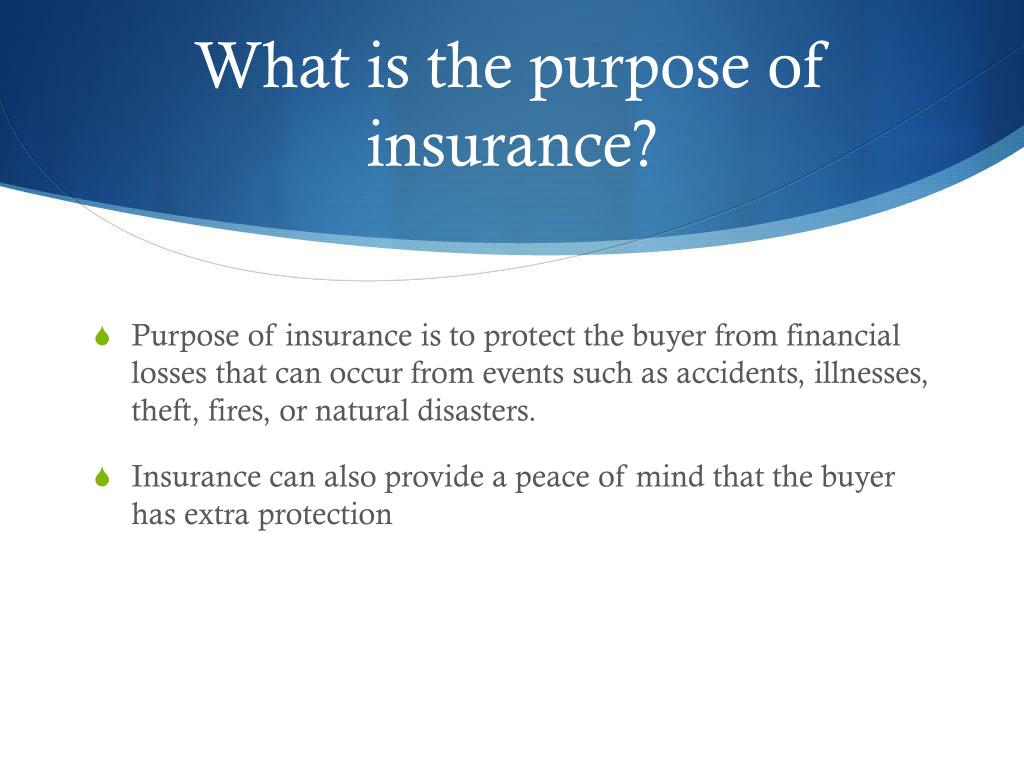Some Known Factual Statements About Pacific Prime
Some Known Factual Statements About Pacific Prime
Blog Article
What Does Pacific Prime Do?
Table of ContentsThe Main Principles Of Pacific Prime 3 Simple Techniques For Pacific PrimeThe Facts About Pacific Prime RevealedThe 5-Minute Rule for Pacific PrimeGetting The Pacific Prime To Work
This is since the data were accumulated for a duration of strong economic performance. Of the estimated 42 million individuals who were without insurance, all but regarding 420,000 (regarding 1 percent) were under 65 years old, the age at which most Americans end up being qualified for Medicare; 32 million were grownups between ages 18 and 65, around 19 percent of all grownups in this age; and 10 million were kids under 18 years of age, regarding 13.9 percent of all youngsters (Mills, 2000).
These price quotes of the variety of individuals without insurance are produced from the annual March Supplement to the Current Populace Study (CPS), carried out by the Demographics Bureau. Unless or else kept in mind, national price quotes of people without medical insurance and proportions of the population with different sort of coverage are based upon the CPS, the most widely utilized resource of estimates of insurance protection and uninsurance rates.
Unknown Facts About Pacific Prime

Still, the CPS is specifically useful since it generates yearly estimates reasonably rapidly, reporting the previous year's insurance policy coverage approximates each September, and due to the fact that it is the basis for a regular set of price quotes for more than two decades, allowing for analysis of patterns in protection over time. For these reasons, in addition to the extensive use the CPS in various other research studies of insurance policy coverage that are presented in this record, we count on CPS price quotes, with limitations noted.

The estimate of the number of uninsured individuals broadens when a populace's insurance policy standing is tracked for a number of years. Over a three-year duration beginning early in 1993, 72 million people, 29 percent of the united state populace, were without coverage for a minimum of one month. Within a solitary year (1994 ), 53 million individuals experienced at the very least a month without coverage (Bennefield, 1998a)
Six out of every ten uninsured adults are themselves utilized. Working does enhance the chance that one and one's household members will certainly have insurance coverage, it is not a warranty. Even members of families with two full-time breadwinner have nearly a one-in-ten chance of being uninsured (9.1 percent without insurance rate) (Hoffman and Pohl, 2000).
More About Pacific Prime
New immigrants represent a considerable proportion of individuals without health and wellness insurance coverage. One evaluation has connected a considerable part of the recent development in the dimension of the U.S. uninsured populace to immigrants that showed up in the nation between 1994 and 1998 (Camarota and Edwards, 2000). Current immigrants (those who came to the USA within the past four years) do have a high rate of being without insurance (46 percent), but they and their kids make up just 6 percent of those without insurance country wide (Holahan et al., 2001).
The connection in between medical insurance and accessibility to care is well developed, as documented later in this phase. The relationship between health insurance and health and wellness results is neither direct nor basic, a comprehensive professional and health solutions research literature web links health and wellness insurance coverage to enhanced access to care, better top quality, and improved individual and population health status.
Levels of evaluation for analyzing this page the impacts of uninsurance. This discussion of medical insurance coverage concentrates largely on the U.S. populace under age 65 due to the fact that virtually all Americans 65 and older have Medicare or various other public coverage. It concentrates especially on those without any kind of wellness insurance for any type of size of time.
The Single Strategy To Use For Pacific Prime
The troubles faced by the underinsured remain in some respects similar to those faced by the uninsured, although they are normally less serious. group insurance plans. Uninsurance and underinsurance, nevertheless, entail noticeably various policy problems, and the strategies for resolving them may vary. Throughout this research and the 5 records to adhere to, the primary focus gets on individuals without any medical insurance and therefore no assistance in paying for healthcare past what is readily available through charity and safeguard institutions
Medical insurance is a powerful factor impacting receipt of care because both individuals and physicians react to the out-of-pocket cost of solutions - https://visual.ly/users/pacificpr1me/portfolio. Wellness insurance policy, however, is neither necessary neither adequate to get accessibility to clinical solutions. The independent and direct impact of health insurance policy protection on accessibility to health solutions is well developed.
Others will get the healthcare they require also without health and wellness insurance coverage, by spending for it out of pocket or seeking it from providers that use treatment free or at extremely subsidized prices. For still others, medical insurance alone does not ensure receipt of care due to the fact that of other nonfinancial obstacles, such as a lack of wellness care companies in their neighborhood, minimal access to transport, illiteracy, or linguistic and cultural distinctions.
Pacific Prime - Questions
Formal study regarding uninsured populations in the USA dates to the late 1920s and very early 1930s when the Committee on the Expense of Healthcare produced a collection of records about funding physician office brows through and hospitalizations. This issue came to be salient as the numbers of clinically indigent climbed up during the Great Depression.
Report this page